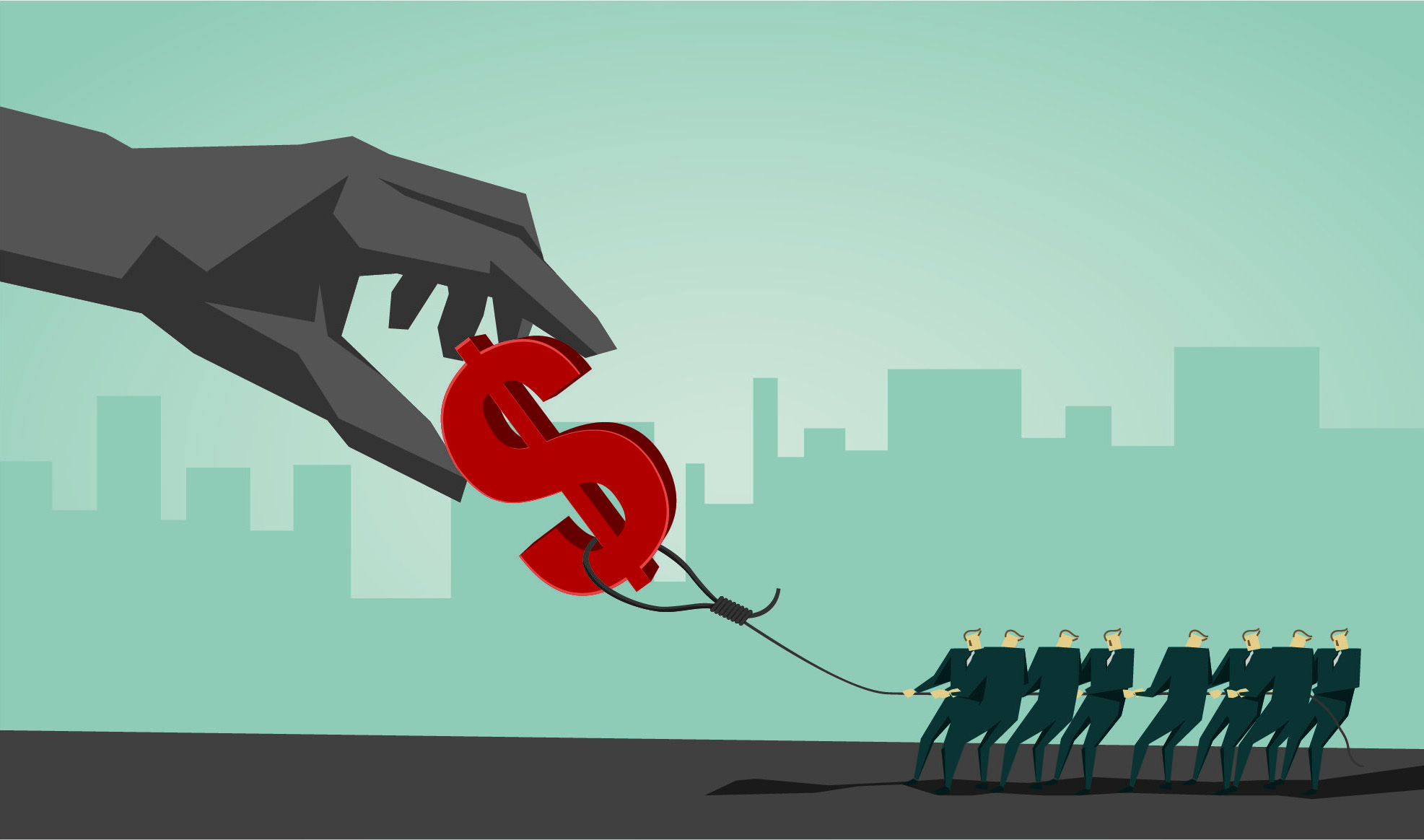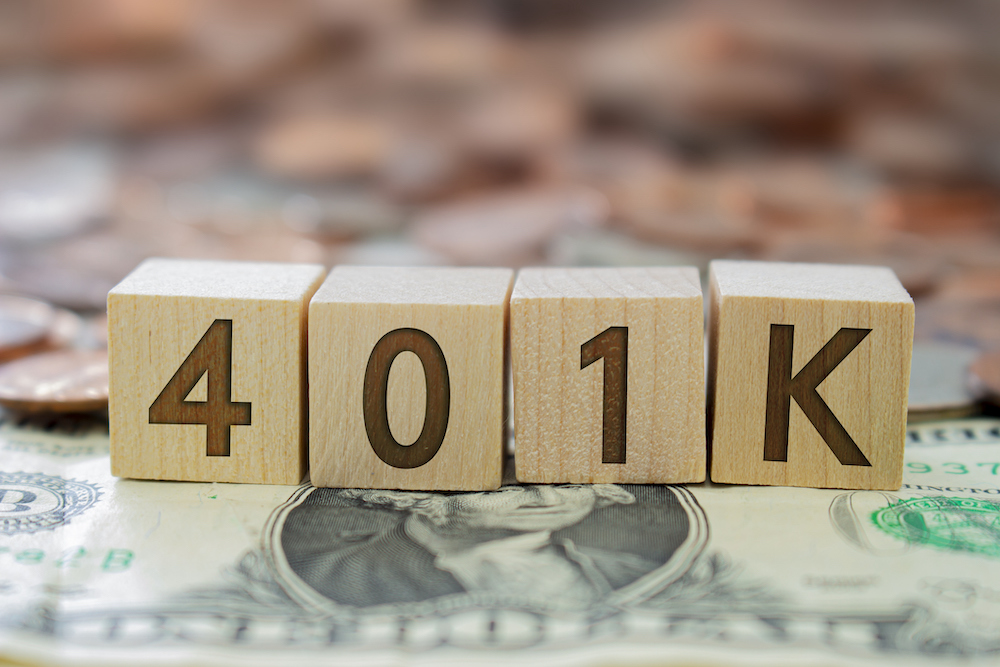Since the late 1970s, income inequality in the United States has risen considerably. The topic has received increased attention in recent years.
See Also: Effects of Global Economy Trends on Businesses
Over the last decade, economists have become more concerned about “secular stagnation,” or a chronic deficiency in aggregate demand. They believe this will limit American economic growth in the coming years. These two issues are linked: growing inequality and chronic demand weakness. Rising inequality, in particular, shifts income from low-saving households at the bottom and middle of the income distribution to higher-saving households at the top. All else being equal, shifting from low- to high-saving households diminishes consumption spending, dragging down demand growth.
In recent decades, the American economy has seen an astonishingly huge upward redistribution of income. In 1979, the bottom 90% of American families accounted for nearly 70% of overall income in the US economy. By 2016, this proportion had dropped to roughly 60%.
Since the mid-1970s, the disparity between economy-wide productivity growth and the hourly pay of typical American workers has been the primary driver of upward redistribution. There would have been no chance of upward income redistribution if these two indicators had developed together.
Evidence suggests that the US economy requires low-interest rates to maintain the same level of aggregate demand growth over time. In sum, something is slowing aggregate demand growth. Macroeconomic policies must become more expansionary with each passing year just to keep demand stable. This trend has been dubbed “secular stagnation” at times.
The rise in inequality has largely contributed to the negative pressure on demand growth known as secular stagnation. Income moves from low- and middle-income households with low savings rates to higher-income households with greater savings rates as a result of inequality. All else being equal, this transfer reduces demand growth by slowing consumption growth.
The demand drag caused by rising inequality each year is similar to the peak boost to economic demand delivered by the American Recovery and Reinvestment Act. (ARRA, the stimulus package passed in the first months of the Obama administration). To offset rising inequality, we’d need to establish a policy that offers a boost of the magnitude of the peak ARRA increase every year.
The personal savings rate has actually fallen rather than increased in recent decades. A closer examination of the facts and economics underlying saves behavior reveals. The dropping savings rate assessed conventionally in the NIPAs does not represent numerous ways in which high-income consumers’ savings have increased.



















